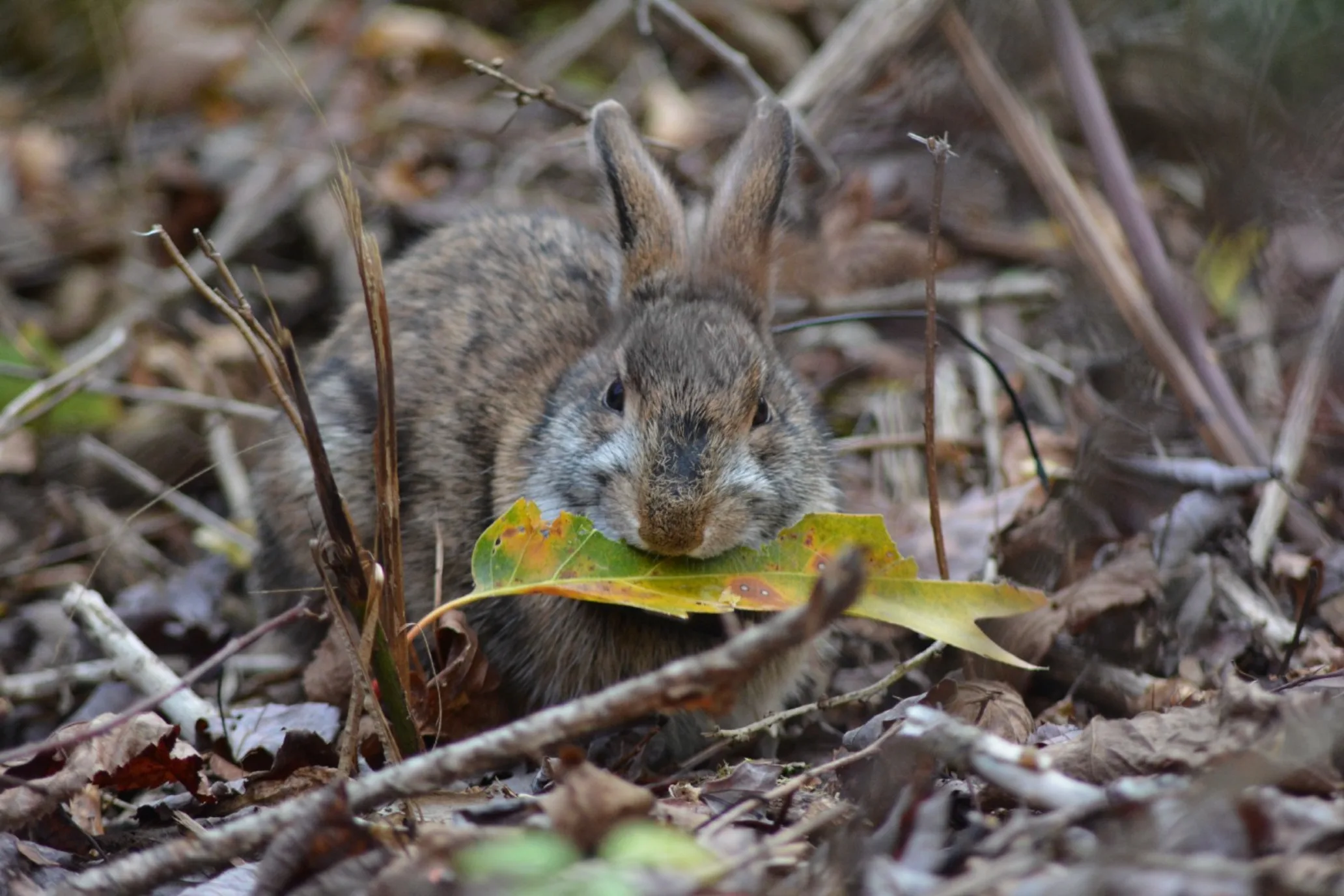A big project for a little bunny
The quaint New England town of Stonington, Connecticut, may not be the first setting that comes to mind when thinking about wildlife habitat for an imperiled species. But southeastern Connecticut has one of the few remaining populations of New England cottontail rabbit — a native species with trickier habitat needs than its non-native relative, the Eastern cottontail.

Extinction threatened the once common New England cottontail over the years, as its forest habitat disappeared from the landscape. Over time, the rabbits’ range shrank to five isolated populations across six states.
But then the accredited Avalonia Land Conservancy stepped in.
The U.S. Fish and Wildlife Service and the Connecticut Department of Energy and Environmental Protection identified two Avalonia Land Conservancy nature preserves as the perfect place for New England cottontails, if only the nature preserves had more of the shrubby, tangled thickets and young forests that these rabbits require.
Avalonia agreed to create this habitat on 28 acres in their two preserves, planting native shrubs, cutting some trees, removing invasive species, and creating brush piles to provide cover for the rabbits.
The new shrubland also provides habitat for butterflies, dragonflies, turkeys, snakes, ruffed grouse and dozens of species of songbirds.
And best of all, the efforts of Avalonia Land Conservancy and other groups to preserve land and create habitat for the New England cottontail saved it from being listed as an endangered species – the rabbit is now rebounding after decades of decline.